How to Grow Blueberries
How to Grow Blueberries Successfully
Be sure to grow the right type of variety! Rabbiteye blueberries are native to the southeast United State! So they do well with the heat and humidity. They tend to grow a little bit larger as well! Most varieties grow to be four to ten-feet tall. Make sure that you have enough space for these guys to grow nice and large.
Blueberries Come in Different Sizes and Varieties
There are some smaller varieties of blueberries. One of them that we love is called Sunshine blue. Sunshine blue maxes out around three feet tall by three feet wide – great for a large container! Or they can be used as foundation shrubs around the landscape. They are great in place of things like hydrangeas. They can even be used in the landscape as a plant if you don’t want to grow them off to the side or in a garden! Blueberries love full sun. They do not like the shade, so make sure that you have them in a really nice full sunny area and you’ll be just fine.
You also want to consider growing at least two varieties next to each other for cross pollination. This is how you get maximum berry yield. You’ll get a decent crop if you just have one but you’re really going to want to at least plant two varieties. Two different types growing near each other will help to make sure that you really get a maximum yield of blueberries.
Best Soil for Blueberries
Blueberries love acidic soil somewhere in the 4.5 to 6 range. Most of our natural soils are around the 7 range so you need to add soil-acidifying amendments to the soil. Organic elemental sulfur or cottonseed meal are both amendments that you use to lower the ph of your soil. They take one to two years to really take full effect so get started early. But you can also just plant them in the areas around the blueberry when you plant your shrub. They’ll take about one to two years to really lower the soil ph. Getting your soil very acidic is a key ingredient to being successful at growing blueberries.
You want to make sure that you are growing in a well-drained, evenly mixed composted soil. Like a lot of plants around here, they do really well if they’re not waterlogged and growing in heavy clay. Backfilling with some really great compost and maybe a little bit of sand for drainage mixed in will help to get them off to a really great start. Maybe even consider topping them off with a little pine straw or pine mulch around the base and then you’re going to be really successful.
Don’t Lose Your Blueberries to the Birds
Birds are attracted to blueberries. Here are some ideas to keep the birds mostly off of your blueberries:
- Bird netting is really the kind of the go-to for a lot of gardeners. It’s a fine filament type netting that you can just kind of lay over your blueberry. You can get a little bit more elaborate with it and build frames around your blueberries in larger cages that kind of thing. But if you’re a little bit lazier you can just drape it over the blueberry bush. The birds might get the top blueberries but they’ll really miss a lot of the stuff that’s on the inside.
- Hanging strips of what’s called flash tape or pie pans or CDs on string can keep birds at bay. This type of movement and shiny effect from the sun can kind of deter them away from getting onto your blueberry bushes!
- Some people even put up bird feeding stations and feed them to avoid having them eating the crop. But, just make sure that you keep your bird feed well stocked because when that runs out they might be looking for other food sources.
We hope this video will help you learn how to grow blueberries in your own yard. For other great tips and DIY tutorials, subscribe to our Garden and Landscape Blog.


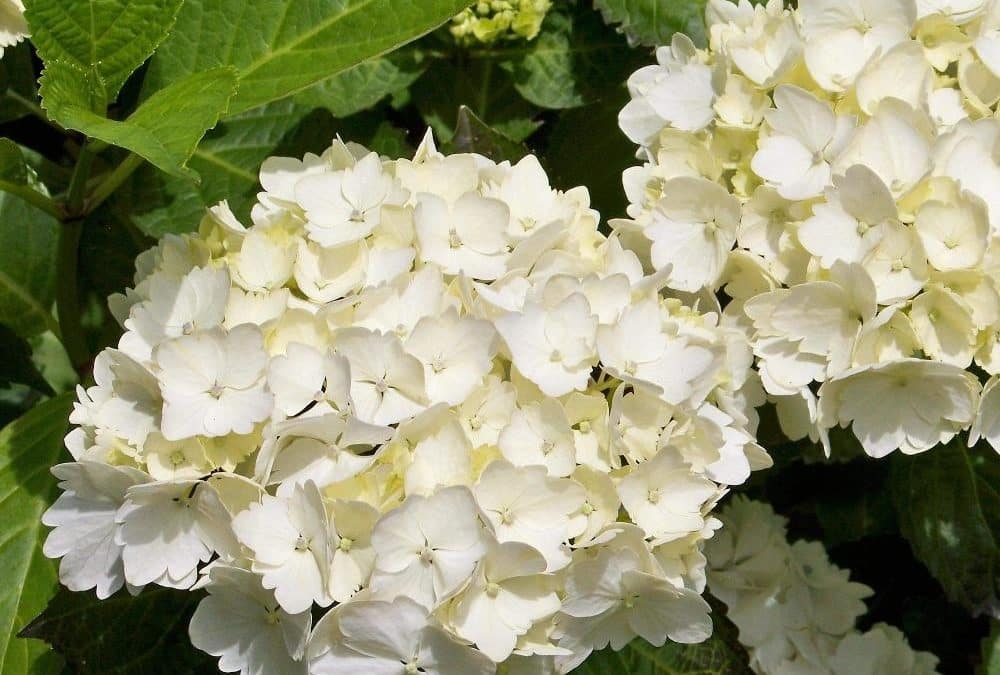
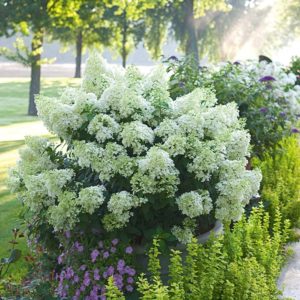
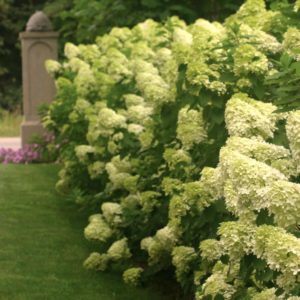
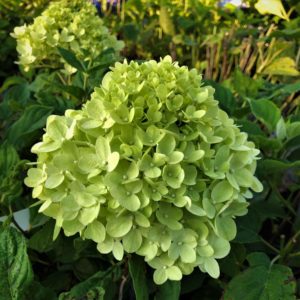
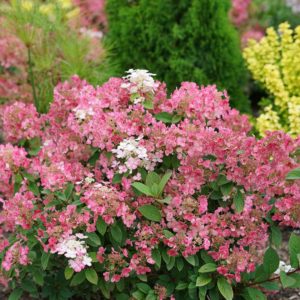
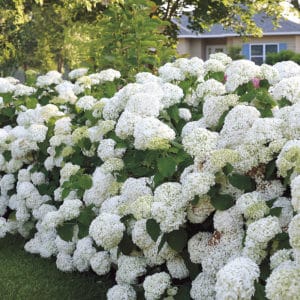

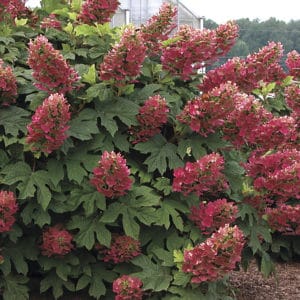
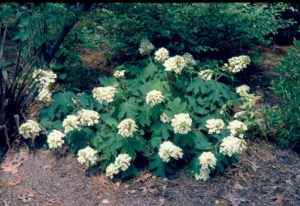
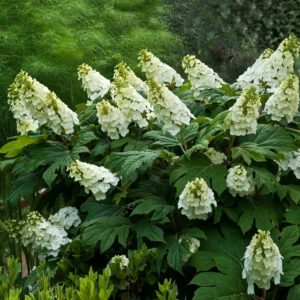
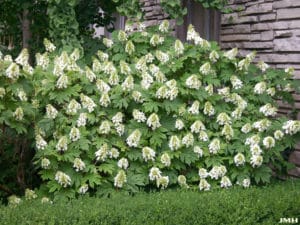
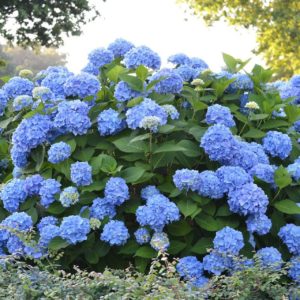

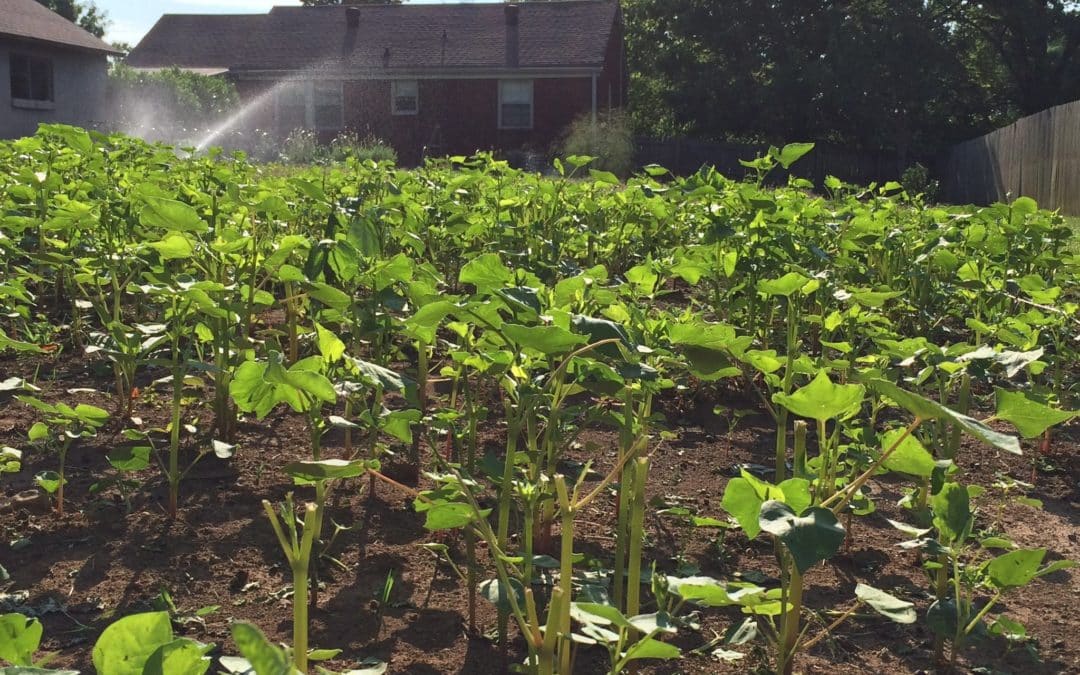
Recent Comments